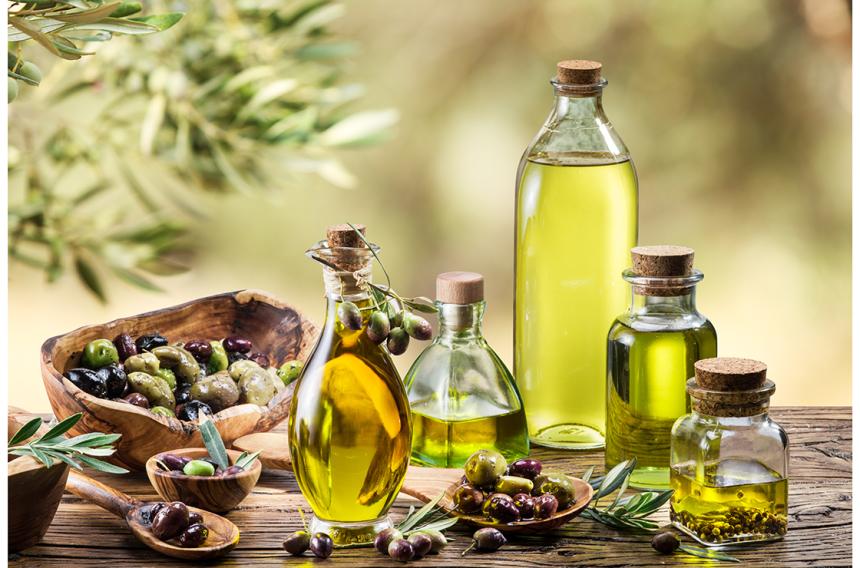The Health Benefits of Olive Oil For Diabetes

High fat foods and oils have been vilified as potential causes of obesity, type 2 diabetes and heart disease for decades. It’s only been within the last few years that nutrition experts began pushing the benefits of healthy fats, particularly olive oil, to Americans.
The Health Benefits of Olive Oil
Olive oil is a great source of healthy monounsaturated fats and polyphenols (plant-based micronutrients that are high in antioxidants). Studies suggest that adding olive oil to your diet can help slow the development of cardiovascular disease, Alzheimer’s disease and rheumatoid arthritis. But it seems the greatest effect olive oil may have on our health is preventing and controlling type 2 diabetes.
What compounds are in olive oil that make it so healthy? Are there other foods comprised of similar compounds? A study recently published in Biochemistry is getting closer to an answer.
Olives contain oleuropein, a compound that signals the pancreas to release insulin, helping regulate your blood sugar levels and metabolism, according to Virginia Tech researchers. Oleuropein also detoxifies amylin, a compound that when over-produced becomes harmful, often causing a build-up of protein aggregates in the pancreas.
Green olives, black olives and olive oil seem to be the only dietary sources of oleuropein. However, a significant amount of oleuropein is removed from olives during processing.
When olives are harvested their natural flavor is so bitter and astringent they’re rendered inedible. This biting taste is from the oleuropein. The traditional method of dulling the taste of olives is heavily seasoning them with spices and salt. Unfortunately, the process takes months.
That’s why modern growers opt for soaking olives in lye, followed by bathing them in water. While this sounds like a new, chemical process, the Romans were treating olives with lye 2,000 years ago. When done correctly, it’s a safe and efficient way to make olives palatable. However, the treatment changes some of the olive’s properties such as its texture and oleuropein content.
Olives used in olive oil are not washed in lye, so they retain most of their oleuropein after processing.
How to Buy Olive Oil
Decide on a grade: Extra Virgin is the highest quality grade, followed by Virgin and Olive Oil, commonly referred to Classic, Pure or Light-Tasting. All grades have the same number of calories per serving and heart health benefits. But the higher the grade, the higher the amount of vitamins, antioxidants and anti-inflammatory properties.
Note the recommended used-by date: Like any other product, choose a bottle with a used-by date that’s well into the future.
Select the bottle size: Purchase a bottle size that you think will last you several months after opening. Olive oil degrades over time and with exposure to light, heat and oxygen.
Consider the country of origin: This will help you figure out which country’s olive oil you prefer. The country of origin is always listed on the bottles, usually on the back. You may see more than one country. This is because some olive oil companies blend oils from different countries to create a specific flavor.
Check for quality: Some brands undergo quality testing and will display seals from their country (or region) of origin. For example, a bottle from the United States may have a seal from the USDA or NAOOA.
To learn more about nutrition and disease prevention, talk to your MDVIP-affiliated physician. Looking for a primary care physician? Physicians in MDVIP-affiliated practices can customize a wellness plan for you that includes preventing and controlling prediabetes and diabetes. Find an MDVIP affiliate near you and begin your partnership in health »


